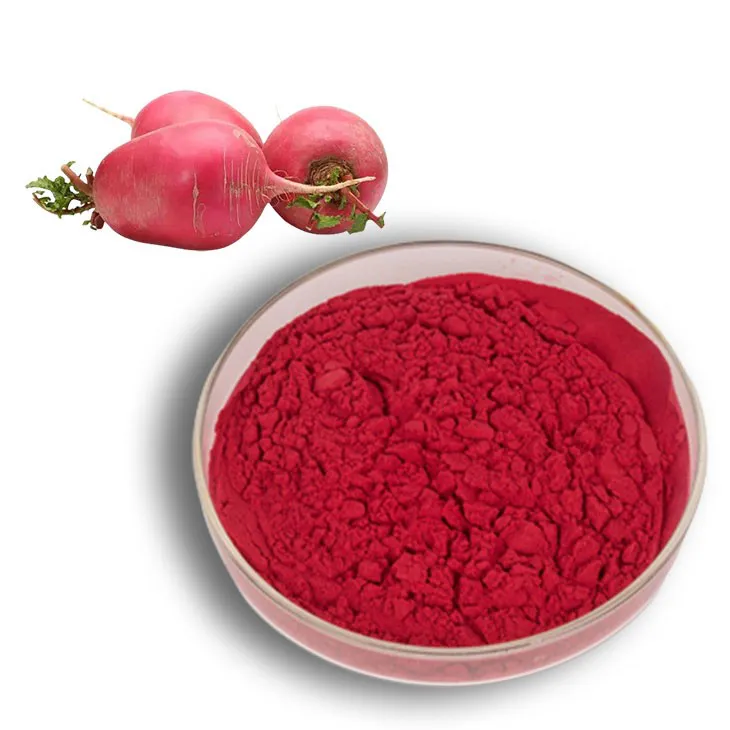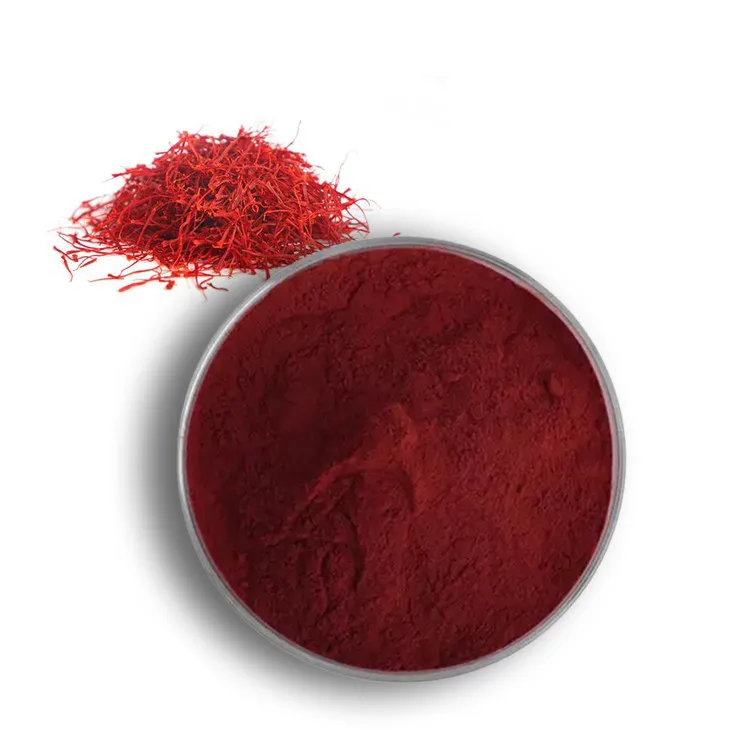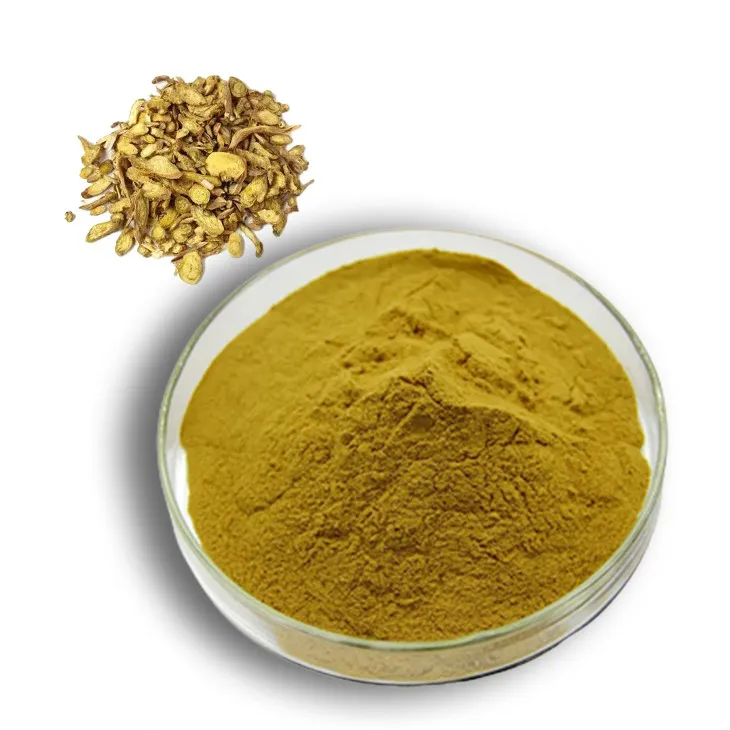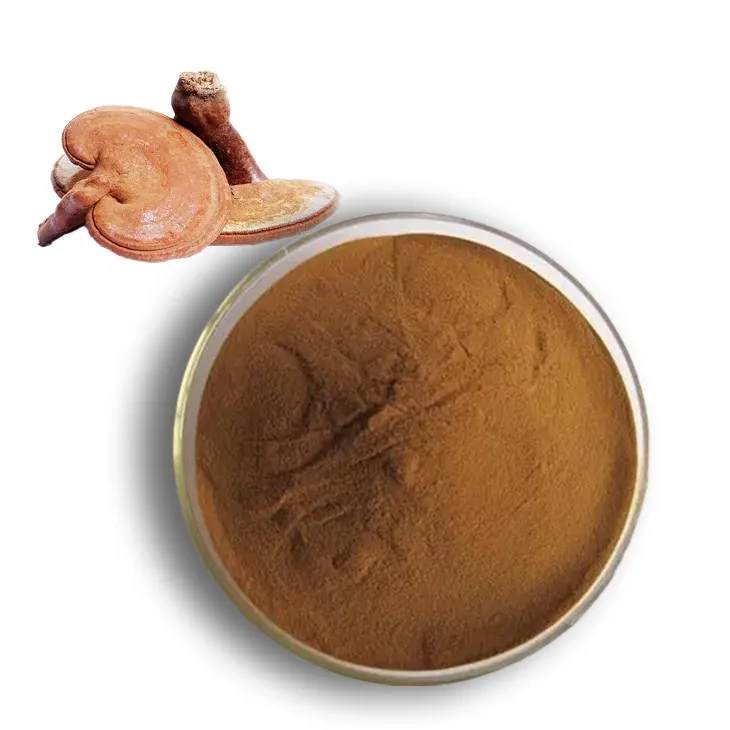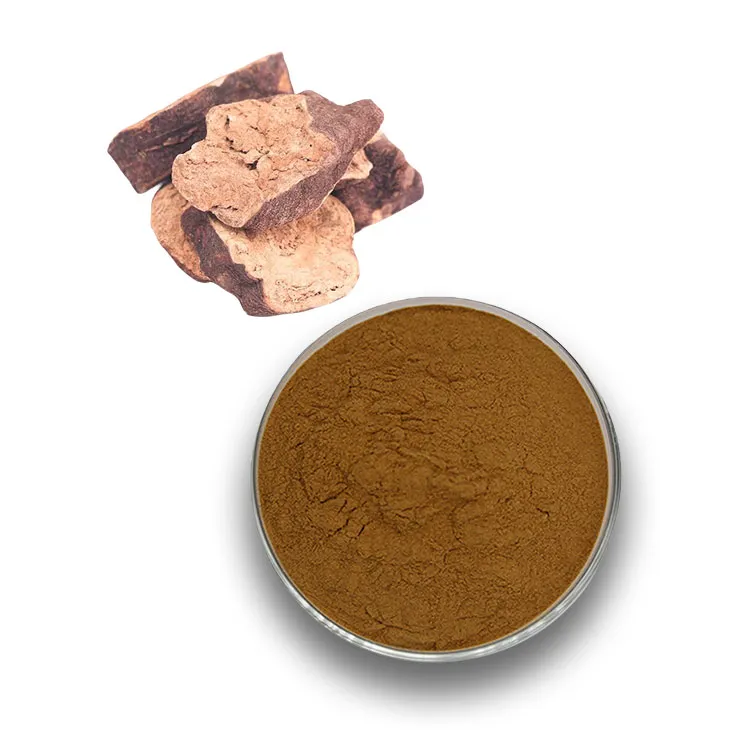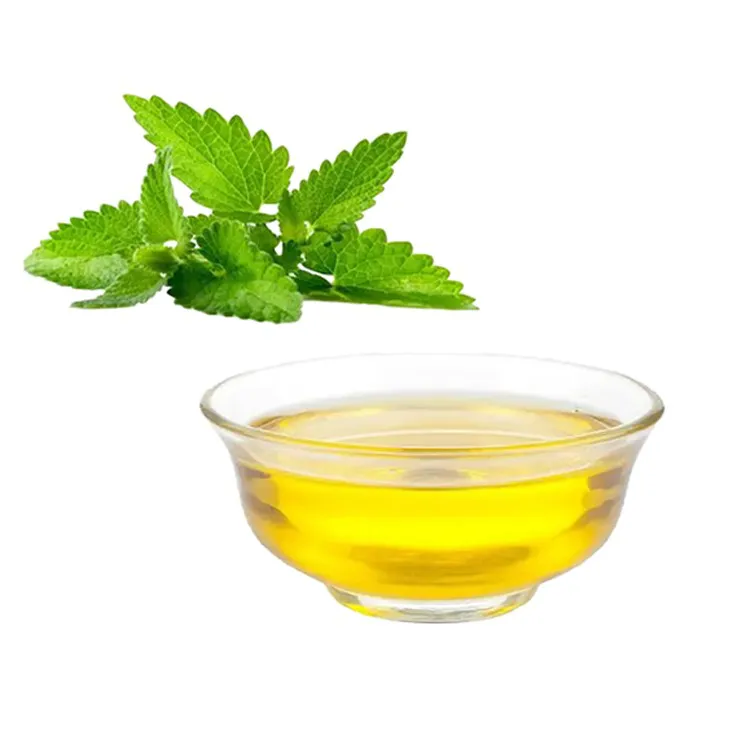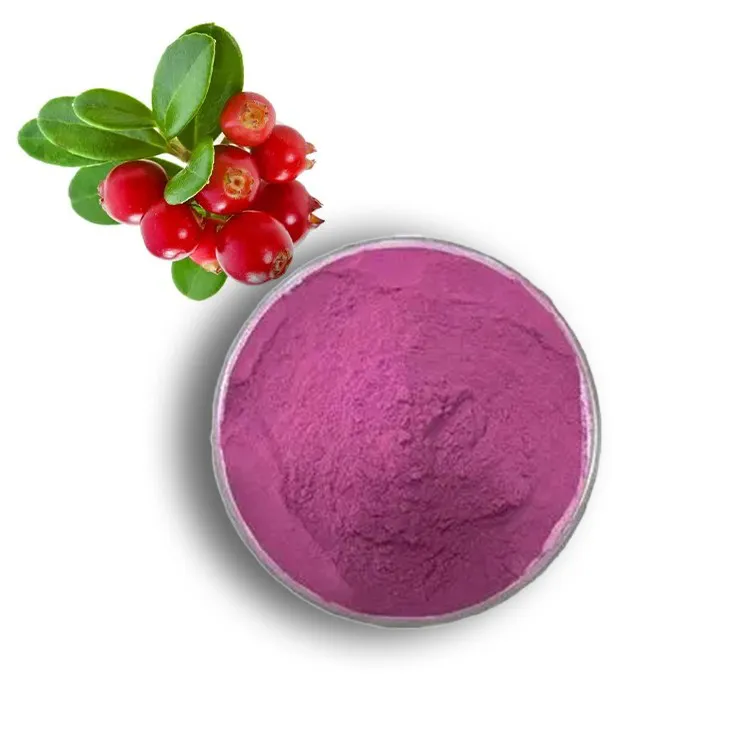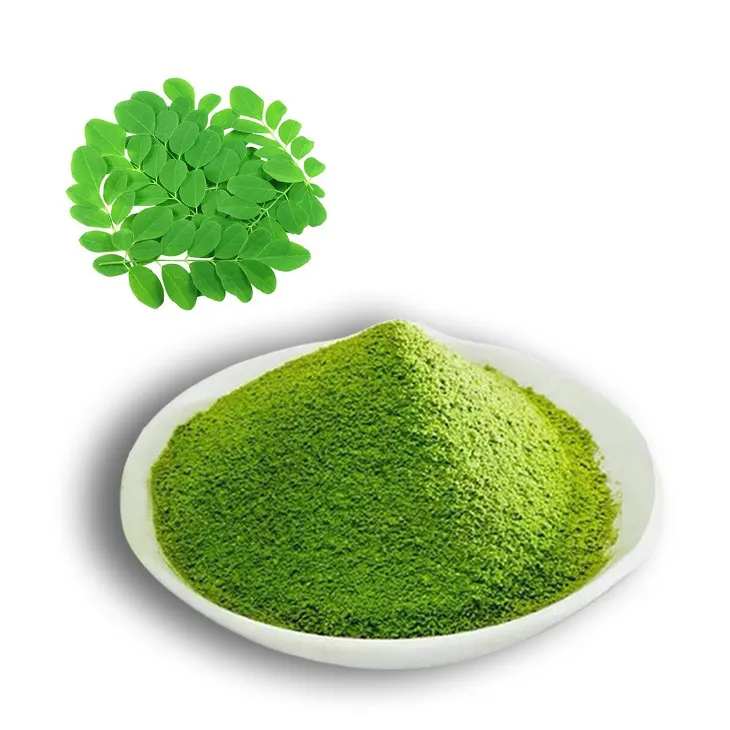- 0086-571-85302990
- sales@greenskybio.com
where is lycopene found
2023-09-27
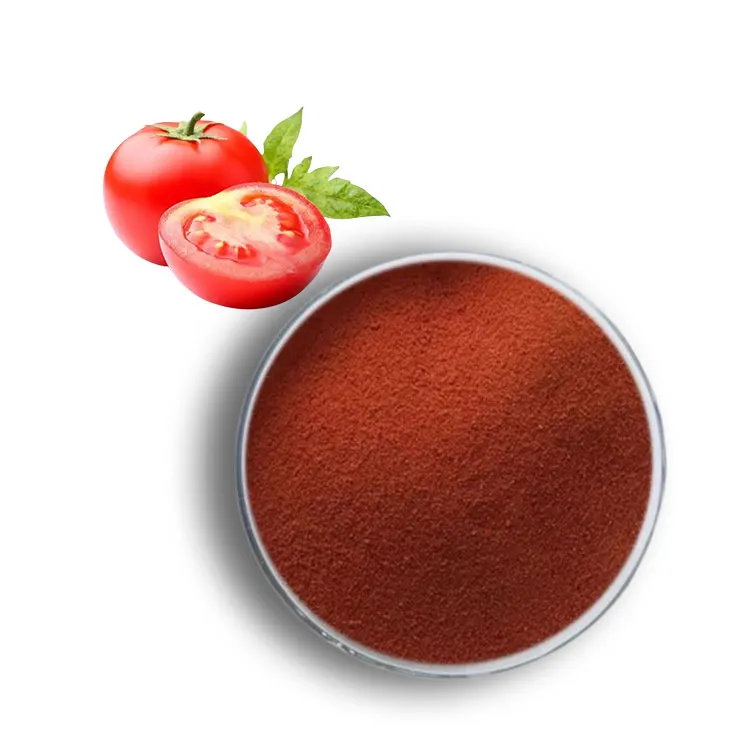
1. Natural Sources of Lycopene
1. Natural Sources of Lycopene
Lycopene is a powerful antioxidant and a carotenoid pigment that gives red color to various fruits and vegetables. It is known for its potential health benefits, including its role in reducing the risk of certain cancers and cardiovascular diseases. The natural sources of lycopene are abundant, and they can be easily incorporated into a balanced diet to reap these benefits.
Lycopene is primarily found in red-colored fruits and vegetables, which is where it gets its characteristic hue. It is a fat-soluble nutrient, meaning that it is better absorbed by the body when consumed with a small amount of dietary fat. This makes it important to pair lycopene-rich foods with a source of healthy fats for optimal absorption.
In this section, we will explore the various natural sources of lycopene, highlighting the foods that are rich in this beneficial nutrient. By understanding where lycopene can be found, you can make informed choices about incorporating these foods into your diet to support overall health and well-being.
2. Tomatoes and Lycopene Content
2. Tomatoes and Lycopene Content
Tomatoes are the most well-known and significant source of lycopene, a powerful antioxidant that offers a myriad of health benefits. Lycopene is a carotenoid, which is a type of pigment found in many fruits and vegetables, and it gives tomatoes their characteristic red color. The concentration of lycopene in tomatoes can vary depending on several factors, including the type of tomato, ripeness, and growing conditions.
Types of Tomatoes
There are numerous varieties of tomatoes, ranging from the common garden tomato to cherry tomatoes and heirloom varieties. While all tomatoes contain lycopene, some types are richer in this beneficial compound than others. For instance, red tomatoes generally have higher lycopene content than yellow or green tomatoes. Among red tomatoes, certain varieties like the San Marzano and Roma are known to have particularly high levels of lycopene.
Ripeness and Lycopene
The ripeness of a tomato plays a crucial role in its lycopene content. As tomatoes ripen, their lycopene levels increase. A ripe, red tomato will have more lycopene than an unripe, green one. The change in color from green to red is an indicator of the ripening process and the increasing concentration of lycopene.
Season and Growing Conditions
The season and the conditions in which tomatoes are grown can also affect their lycopene content. Tomatoes that are grown in warmer climates or during the summer months tend to have higher levels of lycopene due to increased sunlight exposure, which is essential for the synthesis of carotenoids.
Lycopene in Processed Tomatoes
While fresh tomatoes are a great source of lycopene, processed tomato products such as tomato sauce, paste, and canned tomatoes can also be beneficial. In some cases, the processing of tomatoes can actually increase the bioavailability of lycopene, making it easier for the body to absorb. This is because the heating and cooking process can break down the cell walls of the tomatoes, releasing more lycopene.
Cooking and Lycopene
Cooking tomatoes can have a dual effect on lycopene content. On one hand, cooking can cause some loss of lycopene due to heat degradation. On the other hand, cooking can also increase the bioavailability of lycopene by breaking down the cell walls and making it more accessible for absorption. Additionally, the use of healthy fats in cooking, such as olive oil, can enhance the absorption of lycopene.
In conclusion, tomatoes are a rich source of lycopene, with the content varying based on factors like variety, ripeness, season, and cooking methods. Incorporating a variety of tomato products into your diet can help ensure you are getting an adequate amount of this beneficial nutrient.
3. Other Fruits and Vegetables Rich in Lycopene
3. Other Fruits and Vegetables Rich in Lycopene
While tomatoes are the most well-known source of lycopene, there are several other fruits and vegetables that are rich in this powerful antioxidant. These include:
1. Watermelon: This refreshing fruit contains a significant amount of lycopene, particularly in its juicy flesh. Watermelon is a great way to enjoy the benefits of lycopene, especially during the summer months.
2. Grapefruit: Both red and pink varieties of grapefruit are good sources of lycopene. They are also low in calories and high in vitamin C, making them a nutritious addition to any diet.
3. Guava: This tropical fruit is not only delicious but also packed with lycopene. Guava is a good source of dietary fiber and vitamin C, which can enhance the absorption of lycopene.
4. Papaya: Rich in enzymes and vitamins, papaya is another fruit that contains lycopene. It's also known for its digestive benefits.
5. Pink Grapes: Similar to grapefruit, pink and red grapes are high in lycopene. They make a great snack or can be used in various recipes.
6. Apricots: Dried or fresh, apricots are a good source of lycopene. They are also rich in vitamin A and fiber.
7. Red Cabbage: This vegetable is not only a great source of lycopene but also provides a variety of other nutrients, including vitamin K and C.
8. Carrots: While not as high in lycopene as some other foods, carrots do contain this nutrient, especially when they are cooked.
9. Pomegranate: Known for its high antioxidant content, pomegranate also contains lycopene, particularly in its seeds.
10. Cantaloupe: This melon is another source of lycopene, offering a sweet and refreshing way to increase your intake.
Incorporating a variety of these fruits and vegetables into your diet can help ensure you get a good amount of lycopene. Each of these foods not only contributes to your lycopene intake but also provides a range of other health benefits due to their unique nutrient profiles.
4. Cooking Methods and Lycopene Absorption
4. Cooking Methods and Lycopene Absorption
Cooking methods can significantly impact the bioavailability and absorption of lycopene from food sources. Lycopene is a fat-soluble nutrient, which means it requires the presence of dietary fats for optimal absorption. Here's how different cooking methods can affect lycopene absorption:
1. Cooking with Oil: Adding a small amount of oil while cooking tomatoes or other lycopene-rich foods can enhance lycopene absorption. The oil helps to break down the cell walls of the food, releasing more lycopene.
2. Baking and Roasting: These methods can increase the bioavailability of lycopene by breaking down the cell walls of the food, making it easier for the body to absorb. For example, roasted tomatoes have been shown to have higher lycopene bioavailability than raw tomatoes.
3. Canning and Processing: Canned tomatoes, tomato sauce, and tomato paste can have higher lycopene content compared to fresh tomatoes due to the heat processing involved. This process also helps to break down the cell walls, increasing lycopene availability.
4. Boiling: While boiling can cause some loss of lycopene due to leaching into the water, it also softens the food, which can improve absorption. However, it's best to consume the water in which the food was boiled to get the lost nutrients.
5. Microwaving: Microwaving can also increase the bioavailability of lycopene by softening the food and breaking down cell walls. However, it's important to use a minimal amount of water to prevent nutrient loss.
6. Frying: While frying can increase the fat content of a meal, which can aid in lycopene absorption, it's not the healthiest cooking method due to the high temperatures and potential for the formation of harmful compounds.
7. Pasting: In some cuisines, tomatoes and other lycopene-rich foods are often cooked into a paste or sauce. This can increase the concentration of lycopene and its bioavailability.
8. Consuming with Fats: Eating lycopene-rich foods with a source of dietary fat, such as avocado, nuts, or olive oil, can improve absorption.
It's important to note that while cooking can improve lycopene absorption, it can also lead to some nutrient loss, especially if the food is overcooked or cooked with too much water. Therefore, a balanced approach that includes a variety of cooking methods and a mix of raw and cooked lycopene-rich foods is recommended for optimal health benefits.
In conclusion, the way you cook lycopene-rich foods can significantly impact their nutritional value and your body's ability to absorb this important nutrient. By incorporating a variety of cooking methods and pairing these foods with healthy fats, you can maximize the health benefits of lycopene in your diet.
5. Health Benefits of Lycopene
5. Health Benefits of Lycopene
Lycopene is a powerful antioxidant that offers a wide range of health benefits. Its ability to neutralize free radicals and reduce inflammation makes it an essential nutrient for overall health and well-being. Here are some of the key health benefits associated with lycopene:
1. Heart Health: Lycopene has been linked to a reduced risk of heart disease. It can help lower bad cholesterol (LDL) levels and reduce the risk of atherosclerosis, a condition where plaque builds up in the arteries.
2. Cancer Prevention: Studies have suggested that lycopene may play a role in reducing the risk of certain types of cancer, including prostate, lung, and stomach cancer. Its antioxidant properties can help protect cells from damage that can lead to cancer.
3. Skin Health: Lycopene's antioxidant properties can also benefit the skin by protecting it from harmful UV radiation and reducing the signs of aging, such as wrinkles and age spots.
4. Eye Health: Lycopene is found in the macula of the eye, and its antioxidant properties can help protect against age-related macular degeneration, a leading cause of vision loss in older adults.
5. Anti-Inflammatory Effects: Lycopene's anti-inflammatory properties can help reduce the risk of chronic diseases, such as arthritis and other inflammatory conditions.
6. Bone Health: Some research suggests that lycopene may help maintain bone health by promoting bone mineral density, which can reduce the risk of osteoporosis.
7. Immune System Support: Lycopene can boost the immune system by enhancing the activity of immune cells, which can help the body fight off infections and diseases more effectively.
8. Improved Fertility: Studies have indicated that lycopene may improve sperm quality and quantity in men, which can contribute to better fertility outcomes.
9. Neuroprotection: Lycopene's antioxidant and anti-inflammatory properties may also protect the brain from oxidative stress and neurodegenerative diseases, such as Alzheimer's and Parkinson's.
10. Diabetes Management: Lycopene has been shown to improve insulin sensitivity and reduce inflammation, which can help manage blood sugar levels and reduce the risk of type 2 diabetes.
Incorporating lycopene-rich foods into your diet can provide these health benefits and contribute to a balanced and nutritious eating plan. However, it's important to remember that while lycopene is beneficial, it should be part of a comprehensive approach to health that includes a balanced diet, regular exercise, and other healthy lifestyle practices.
6. Lycopene Supplements and Recommendations
6. Lycopene Supplements and Recommendations
If you're looking to boost your lycopene intake, supplements can be a convenient option. However, it's essential to consider a few factors before incorporating lycopene supplements into your diet.
Quality and Purity:
When choosing a lycopene supplement, opt for a product from a reputable manufacturer that adheres to high-quality standards. Look for third-party testing to ensure purity and avoid potential contaminants.
Form of Lycopene:
Lycopene is available in two forms: natural and synthetic. Natural lycopene, derived from tomato sources, is generally considered more bioavailable and beneficial. Ensure that the supplement you choose is made from natural sources.
Dosage:
The recommended daily intake of lycopene varies depending on factors such as age, sex, and overall health. Consult with a healthcare professional to determine the appropriate dosage for your individual needs. Generally, a dosage range of 7 to 15 milligrams per day is suggested for adults.
Interaction with Other Nutrients:
Lycopene works synergistically with other antioxidants, such as vitamin C, vitamin E, and selenium. Consider taking a multi-antioxidant supplement that includes lycopene along with these other beneficial nutrients for enhanced health effects.
Dietary Considerations:
While supplements can help increase your lycopene levels, they should not replace a balanced diet rich in fruits and vegetables. Incorporate a variety of lycopene-rich foods into your meals to ensure you're getting a broad spectrum of nutrients.
Consultation with Healthcare Providers:
Before starting any supplementation regimen, especially if you have pre-existing health conditions or are taking medications, consult with a healthcare provider. They can provide personalized advice based on your medical history and current health status.
Cost-Effectiveness:
Supplements can be costly, and their effectiveness may not always match that of natural dietary sources. Evaluate the cost-benefit ratio and consider whether increasing your dietary intake of lycopene-rich foods might be a more economical and equally effective approach.
In conclusion, while lycopene supplements can be a helpful addition to your health regimen, they should be used responsibly and in conjunction with a diet that emphasizes whole, natural foods. Always prioritize a balanced intake of nutrients through your diet and consider supplements as a complementary measure to support your overall health.
7. Conclusion and Final Thoughts
7. Conclusion and Final Thoughts
In conclusion, lycopene is a powerful carotenoid antioxidant that offers a myriad of health benefits, including protection against heart disease, certain types of cancer, and age-related macular degeneration. Its vibrant red color not only makes it a popular choice for coloring foods and cosmetics but also indicates its high antioxidant content.
Understanding where lycopene is found is crucial for incorporating this nutrient into your diet. As we've discovered, tomatoes are the most significant source of lycopene, but other fruits and vegetables, such as watermelon, pink grapefruit, guava, and papaya, also provide this essential nutrient.
The cooking methods used to prepare lycopene-rich foods can significantly impact the bioavailability of this nutrient. Cooking tomatoes, for instance, can increase the amount of lycopene that is absorbed by the body, making it more beneficial.
While it is possible to obtain lycopene through supplements, the best way to ensure you are getting enough of this nutrient is through a balanced diet that includes a variety of lycopene-rich foods. It is always recommended to consult with a healthcare professional before starting any new supplement regimen.
In summary, lycopene is an essential nutrient that can be easily incorporated into your diet through a variety of delicious and nutritious foods. By understanding where lycopene is found and the best ways to prepare and consume it, you can take steps to improve your overall health and well-being.
- ▶ Hesperidin
- ▶ citrus bioflavonoids
- ▶ plant extract
- ▶ lycopene
- ▶ Diosmin
- ▶ Grape seed extract
- ▶ Sea buckthorn Juice Powder
- ▶ Beetroot powder
- ▶ Hops Extract
- ▶ Artichoke Extract
- ▶ Reishi mushroom extract
- ▶ Astaxanthin
- ▶ Green Tea Extract
- ▶ Curcumin Extract
- ▶ Horse Chestnut Extract
- ▶ Other Problems
- ▶ Boswellia Serrata Extract
- ▶ Resveratrol Extract
- ▶ Marigold Extract
- ▶ Grape Leaf Extract
- ▶ blog3
- ▶ Aminolevulinic acid
- ▶ Cranberry Extract
- ▶ Red Yeast Rice
- ▶ Red Wine Extract
-
Beetroot Powder
2023-09-27
-
Saffron Extract Powder
2023-09-27
-
Aminolevulinic acid
2023-09-27
-
Scutellaria Extract
2023-09-27
-
Reishi mushroom extract
2023-09-27
-
Polygonum multiflorum extract
2023-09-27
-
Lycopene
2023-09-27
-
Peppermint Oil
2023-09-27
-
Europen Bilberry Extract
2023-09-27
-
Moringa powder
2023-09-27











